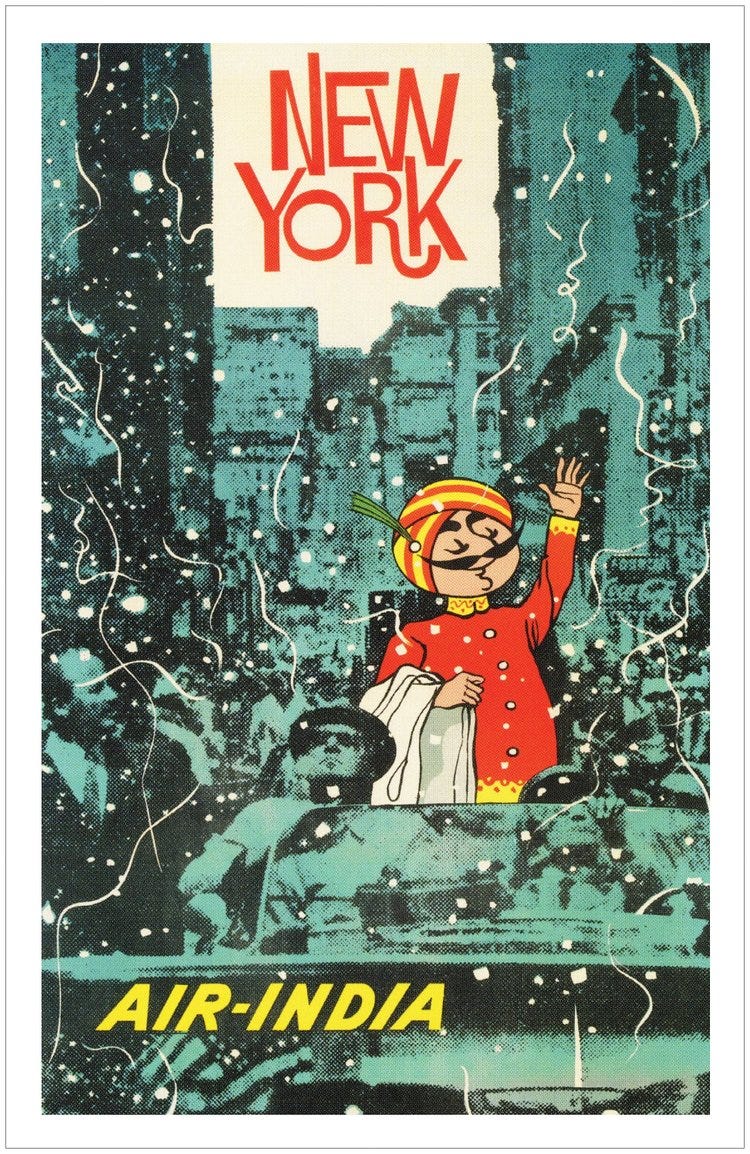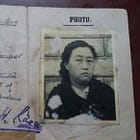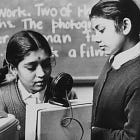The Many Journeys of India’s Bene Israel Jews: of Shipwrecks and Layovers
Words by Dan Thalkar
Welcome to the Brown History Newsletter. If you’re enjoying this labor of love, please do consider becoming a paid subscriber. Your contribution would help pay the writers and illustrators and support this weekly publication. If you like to submit a writing piece, please send me a pitch by email at brownhistory1947@gmail.com.
Don’t forget to check out our SHOP and our Podcast

Recommended Reads:
The Many Journeys of India’s Bene Israel Jews: of Shipwrecks and Layovers
Its the summer of 1970. We’re on a one night layover in Tehran, midway through a circuitous journey from Bombay to Tel Aviv. Most of the group is out on a guided tour, their excited words spilling into the sky as their guide points out the sites. We watch them for a while, notice a sweat-soaked sari catching in the wind, see how they lean against one another with wide eyes and unconsciously clenched hands, hear them practice Hebrew phrases under their breath, feel how their excitement is undercut with a low current of anxiety. They’re tired, these not-quite-tourists, tired and enthralled by the possibilities of the world.
We leave them and speed ahead to the hotel, follow the staticky sounds of Radio Ceylon up to a room where a teenage boy lays in bed, staring at the ceiling and listening to the top hits of the week. It’s the first bed he’s ever had to himself. It is luxurious and far, far too big. We hear his sniffles and thundering heartbeat as, fevered and homesick, he sprawls across the sheets and desperately misses the cramped concrete apartment in Umerkhadi. He’s brought with him this new transistor radio, a bundle of Bollywood magazines, and his Sir Jacob Sassoon High School English. He’s left behind the constant multilingual hum of voices on the Bombay streets, the thrill of movie premiers, Friday prayers in Etz Hayim Synagogue, evenings on Chowpatty Beach, the bakery on the corner, his friends, and the only world he's ever known.
Meet my father, Menahem Thalkar. Eventually, this story will be a nearly forgotten footnote to his life, but right now, as he feels untethered and free and alone, it is the fulcrum upon which two worlds pivot.
The tour bus returns. He turns off the radio, wipes the sweat off his brow, says a quick prayer, and pretends to sleep. Yesterday: India. Tomorrow: Israel.
How did we get here, on this journey that is both diaspora and homecoming? Let’s start at the beginning. Let’s go back about 2,000 years.








